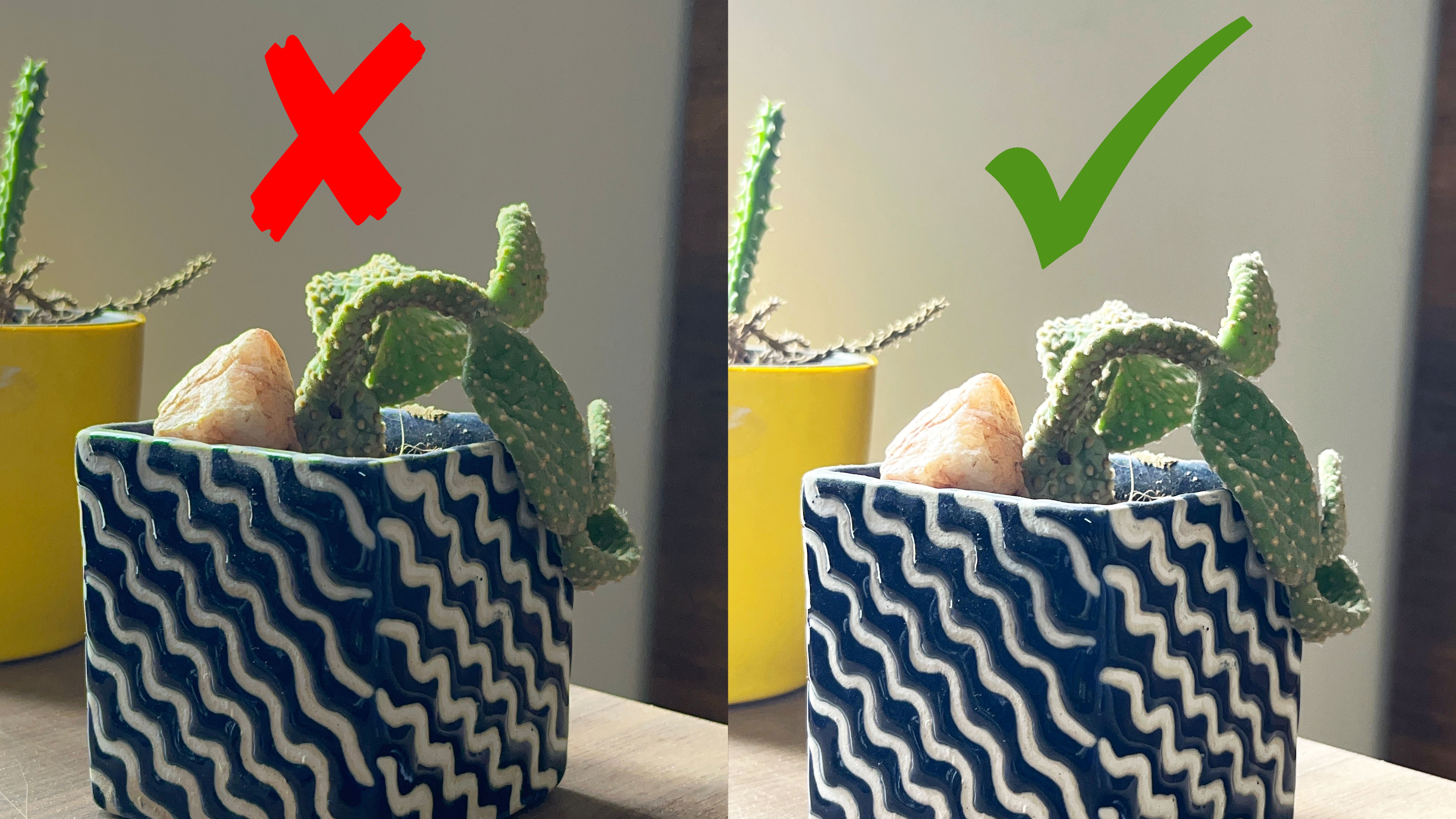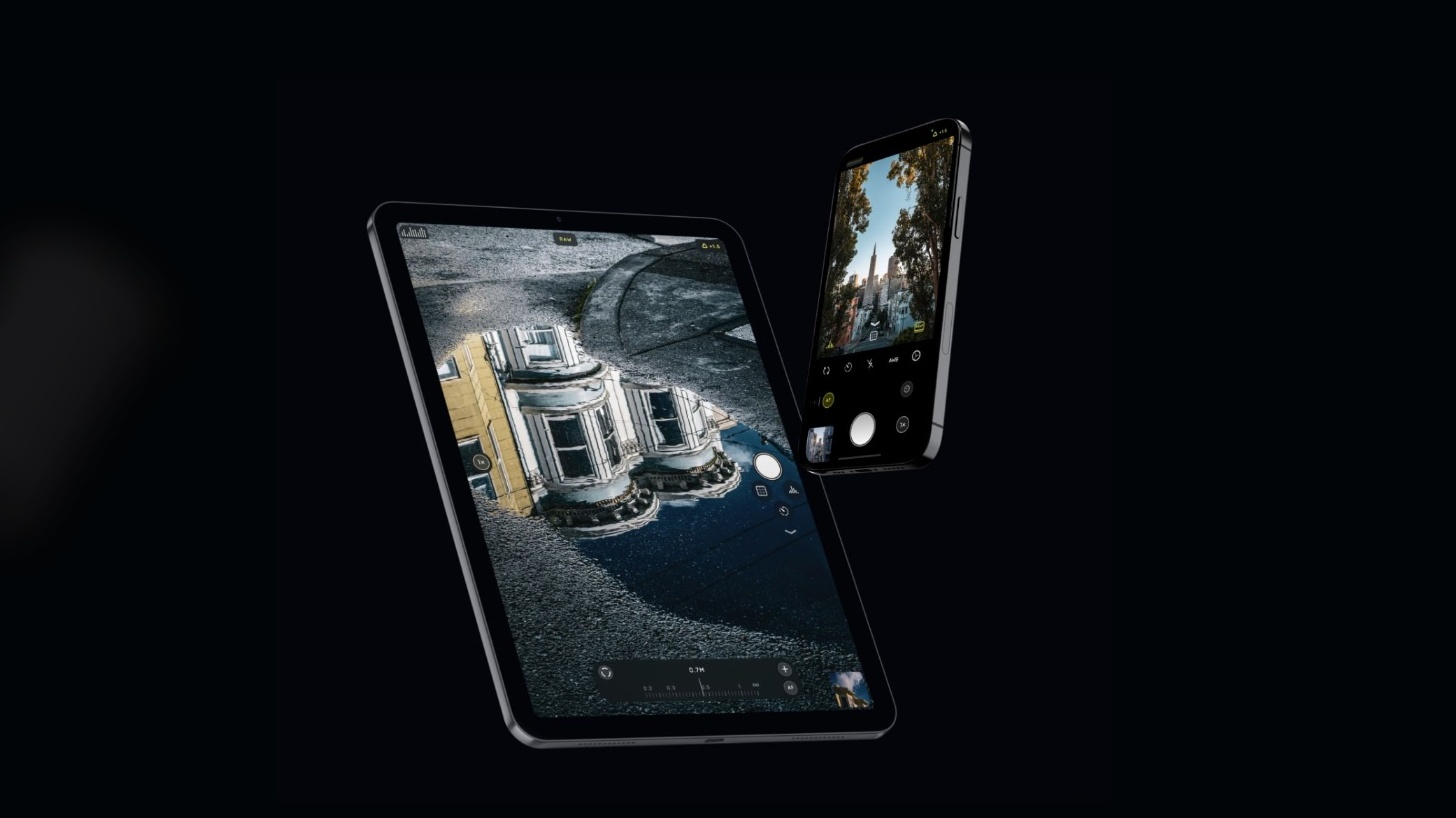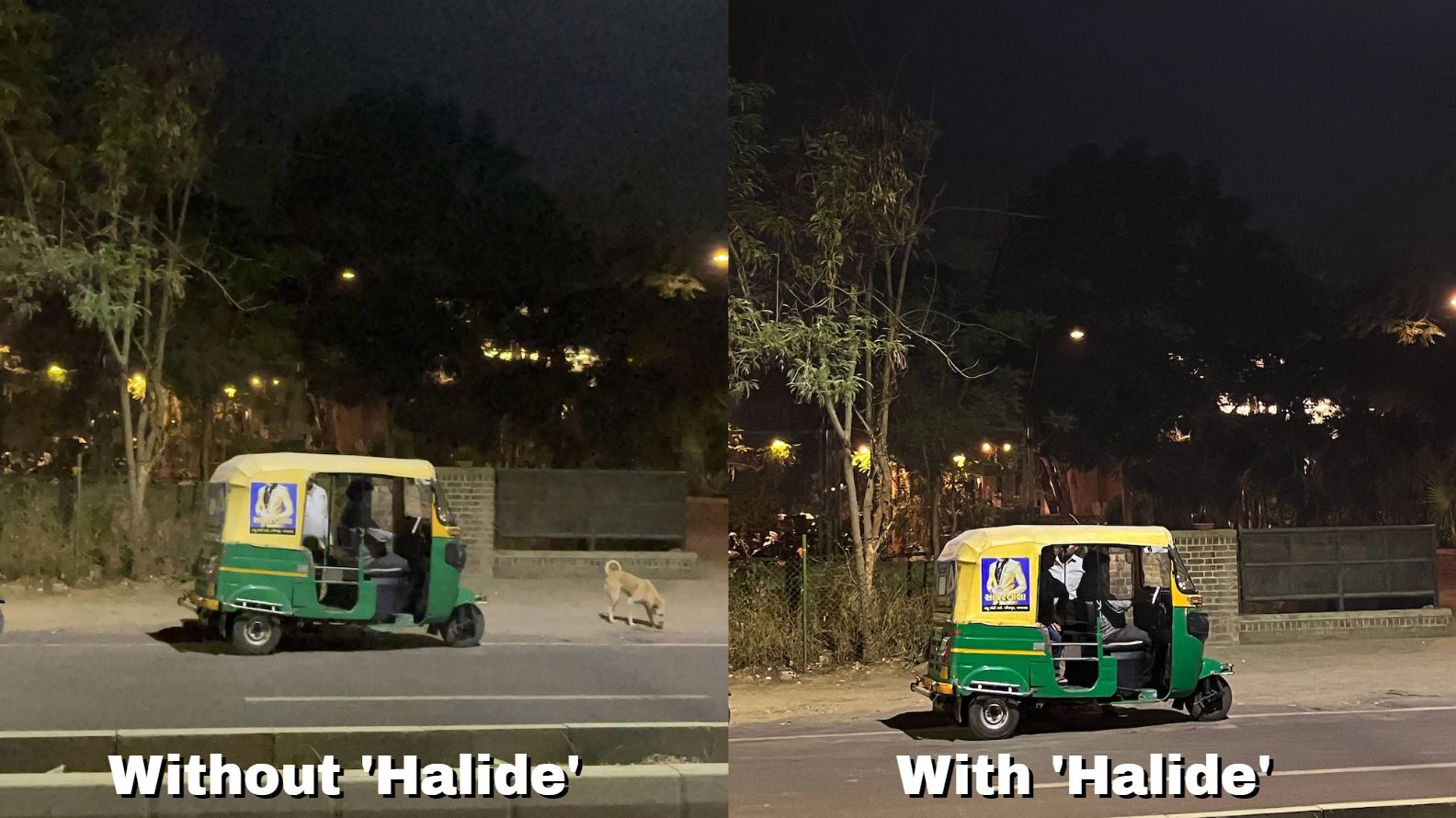This app gave my standard iPhone camera a Pro upgrade — here's how it works
Enhance digital zoom on non-Pro iPhones

On non-pro iPhones, Apple omits the telephoto lens. This means that if you’d like to take closeup pictures with iPhone 14, you must either move yourself or live with an artificially zoomed, subpar shot with fuzzy details. In fact, it barely qualifies as zoom since all your iPhone does is crop the scene you’re zooming into from a larger image. Can machine learning help?
Bringing machine learning to the camera app has worked for several companies like Google and Samsung. Both use it to both supercharge their phones’ telephoto cameras, allowing users to zoom up to 100x while improving the quality, too. The Google Pixel 7, for example, which has no physical zoom lens, comes equipped with a technology called “Super Res Zoom” that upscales digitally zoomed photos and produces outcomes similar to the ones a dedicated 2x telephoto camera would capture.
Halide, a paid pro-level camera app, wants to bring these capabilities to iPhone.
What does the Halide app do?
Halide's latest update offers a “Neural Telephoto” mode, which uses machine learning to capture crisper, cleaner digitally zoomed pictures for non-Pro iPhone users. It works on the iPhone SE up to the latest iPhone 14. It relies on Apple’s built-in Neural Engine so that you don’t have to wait for the Halide app to apply its machine-learning algorithms.
The Halide team says the new Neural Telephoto feature runs on the same tech that powers the app’s ability to replicate another iPhone Pro exclusive perk: macro photography, which we found effective at clicking closeup shots on non-pro iPhones.

Halide’s machine-learning model is trained with millions of pictures, teaching it to learn and spot the parts of a low-quality picture. After discovering low-res aspects, it can enhance them without overmanipulating the photo. For example, if you’re trying to zoom into a flower, it “knows” what its borders should look like, and consequently, the app uses that information to refine the finer details.
Apple’s digital zoom is notoriously poor and the differences show in results. I’ve been testing Halide’s new Neural Telephoto mode for a few days now, and no matter the lighting condition, its 2x zoom consistently captured sharper and better-contrasted shots. Though many of these differences won’t be clear until you inspect them on a larger screen, they can feel significant if you’re planning to further edit the image or print it.
Stay in the know with Laptop Mag
Get our in-depth reviews, helpful tips, great deals, and the biggest news stories delivered to your inbox.
When I clicked a 2x zoomed-in picture of a cactus basking in the sun on my desk, for example, my iPhone 13 mini’s default camera app couldn’t handle the sunlight’s hue and oversaturated it — the colors began to spill outside their bounds. In the embedded picture, you can see that the cactus’ green appears on the blue pot’s borders. Similarly, the rock next to it has a glowing green haze around it. The Halide shot didn’t face these issues, and although it seems a little less bright, it was true to the scene.

In low light as well, 2x shots taken on the iPhone’s native camera app often feature watercolor-y shades with fuzzy borders as evident in the tuk-tuk photo shown below, while Halide keeps the outlines and focus intact. Another highlight of Halide is that when you take a closeup shot, it saves both the 2x enhanced JPEG file and the original 1x-zoom RAW file so that you still have a usable picture in case the zoomed-in one is subpar.

Getting into the Neural Telephoto mode on Halide is fairly straightforward, too. All you have to do is fire up the app and touch the “1x” button at the bottom right corner, and it will automatically jump directly into the 2x mode.
Halide agrees this still is no match for a physical telephoto lens, and I concur. Although it edges out the default camera in some complex scenarios, the differences are negligible in the rest, and oftentimes, its enhanced shots looked even more artificial -- as if someone had maxed out the sharpness toggle on a photo-editing app. So you will have to decide how much a better 2x digital zoom matters because the app isn’t free. You can try Halide for free for a week before paying $2.99 monthly (or $11.99 yearly). Alternatively, you can pay $59.99 for a lifetime license.
Halide’s cost, without a doubt, is steep, but the startup frequently releases major updates like the macro mode that make the package worthwhile. In addition, it allows you to customize a range of other pro settings that the default app lacks, including the shutter speed, RAW files, and manual focus.
Shubham Agarwal is a freelance technology journalist from Ahmedabad, India. His work has previously appeared in Business Insider, Fast Company, HuffPost, and more. You can reach out to him on Twitter.
